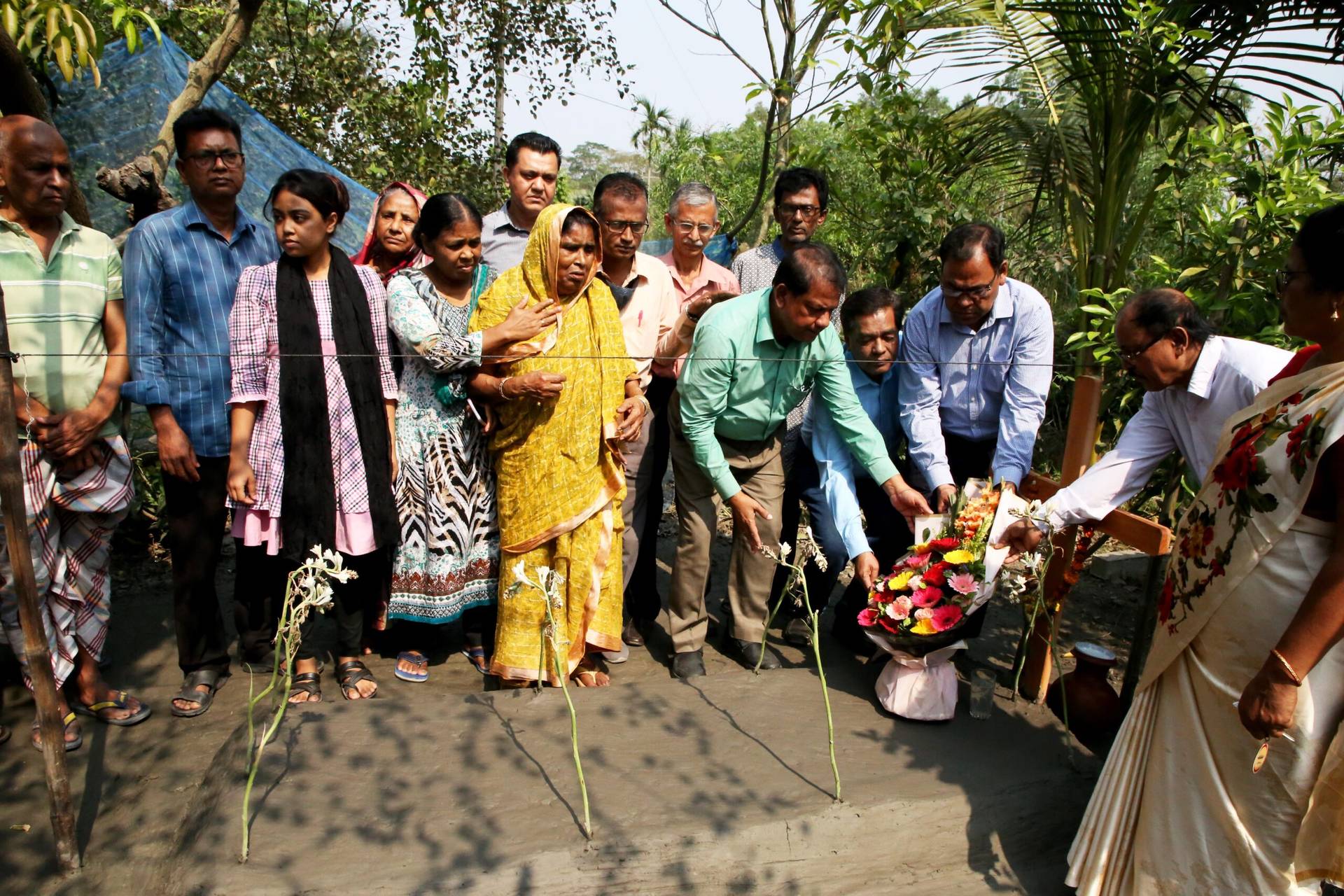ROME – Legendarily, Pope Francis has called on Catholics to “meet people where they are,” not waiting for them to walk through the doors of a church but rather carrying the faith to the streets, to wherever humanity in our time lives and moves and has its being.
The question that exhortation poses, however, is when reaching out ends and pandering begins.
In the southern Italian region of Calabria, the question is no longer theoretical but now also legal, as a Catholic priest is under police investigation for the crime of “offense against a religious confession” after celebrating a Mass in the waters off a popular local beach, using an inflatable mattress as his altar.
Should he be convicted, 36-year-old Father Mattia Bernasconi could face a fine between $2,000 and $6,000.
Here’s the tick-tock.
Bernasconi is a priest of the Archdiocese of Milan, known for his capacity to evangelize young people. He’s a talented soccer player and also the co-founder of a rock group for which he plays both piano and electric guitar. In July, he escorted a group of roughly 20 Milanese Catholic youth to the southern Italian region of Calabria, to take part in an anti-mafia effort of cataloguing and cleaning seized property.
On the last day of the trip, which happed to be Sunday, Bernasconi had promised to take the youth to the beach and celebrate Mass. Unfortunately, it turned out that the shaded area at the beach they hoped to use was occupied by another group and a nearby forest was also not available. The sand at Alfieri del Crotonese in Calabria was burning hot (the temperature that day was in excess of 105 degrees), so he felt he couldn’t ask the young people to stand on it during the liturgy.
In a last-ditch gesture, a couple watching the scene unfold offered to let Bernasconi use their inflatable mattress as an altar if he wanted to say Mass in the water, which he accepted. He proceeded to invite the youth to join him in waist-high water while he celebrated the liturgy, with several people who just happened to be at the beach at the same time asking if they could take part as well.
This being the 21st century, multiple bystanders used their smart phones to take photos and video recordings of what was happening, which were immediately posted to YouTube, Instagram, and other social media channels, thereby creating a scandal.
After images of the aquatic Mass became public, the Diocese of Crotone and Santa Severina in Calabria quickly disavowed the young priest.
“It’s necessary always to make contact with the ecclesiastical authorities of the place to get advice on the best way to realize a Eucharistic celebration of this kind,” the diocese said in a statement. “Above all, it’s important to maintain a minimum of decorum and attention to the symbolism demanded by the nature itself of the liturgical celebrations.”
A local prosecutor, Giuseppe Capoccia, quickly announced that he would consider whether Bernasconi had violated the Italian statute for offense against religious belief. Believe it or not, the investigation has been handed over to an intelligence service known by its acronym Digos, which is more or less the Italian equivalent of the CIA.
After the cause célèbre erupted, Bernasconi posted an apology on the website of his parish in Milan, San Luigi Gonzaga.
“It was absolutely not my intention to banalize the Eucharist or to utilize it for other messages of any sort; it was simply a Mass at the end of a week of work with young people who participated in the [anti-mafia] camp and in the context of a group which, for a whole week, celebrated and worked with me, and who seemed to me sufficiently prepared to preserve the sacrality of the sacrament even given the simplicity and poverty of the means,” he said.
“But it’s true that symbols matter, and sometimes in a way we don’t intend,” Bernasconi said. “It was naïve on my part not to give that the consideration it deserved … I hope you can understand my good intentions, smeared by too much ingenuity, and accept my sincere request for forgiveness.”
According to local media, Bernasconi’s parishioners are divided. While many give him credit for good intentions – one said, “it’s not the setting that matters, whether it’s a river or a mountain, but the thinking underneath” – others voiced skepticism, with another parishioner saying, “he was happy to get himself filmed because he wants to be a star … we know him well.”
Here’s the thing.
First, in an era in which Catholic priests have been found guilty of all manner of actual crimes, from sexual abuse to graft and financial misappropriation, is it really worth the resources of a national intelligence service to investigate a case in which the only alleged offense is saying Mass? In fact, isn’t there a religious freedom issue involved in asking civil authorities to determine whether a worship service was celebrated appropriately?
Second, should we be discouraging a young priest who’s maybe guilty of poor judgment, but who also possesses an apparently sincere desire to involve youth in the practice of the faith?
Answering those questions, frankly, is above my pay grade, as I’m neither a theologian nor a pastor. As a journalist, however, I suppose I can at least ask them.















